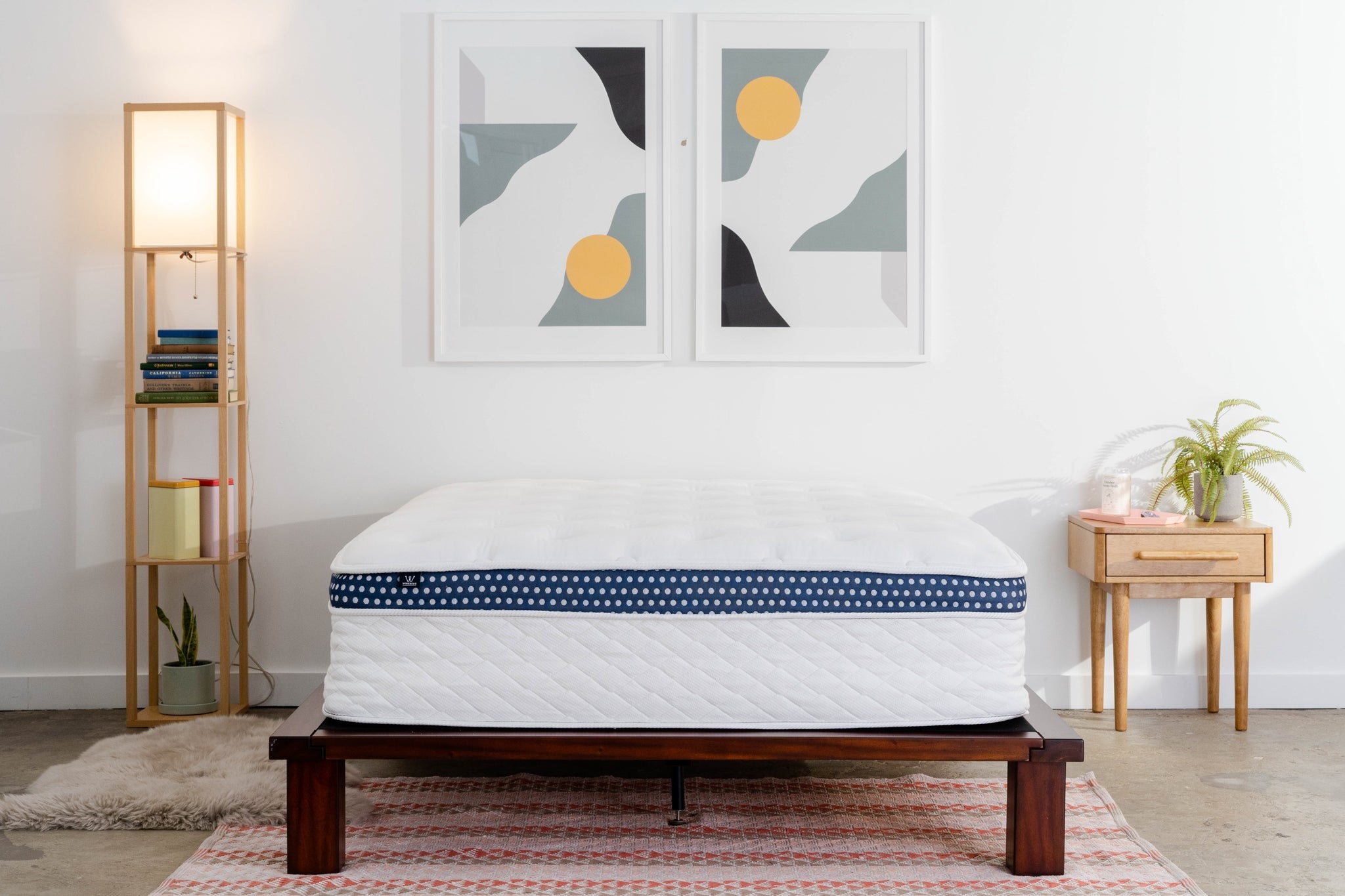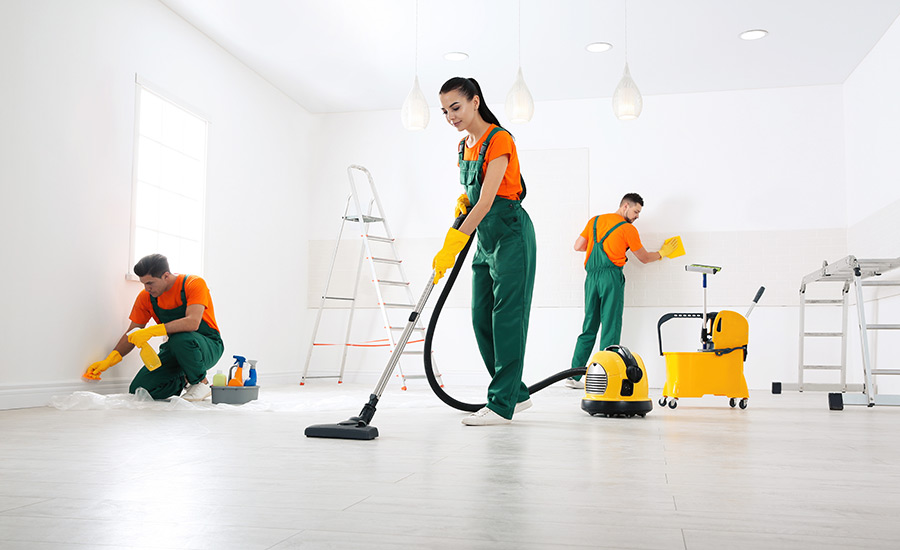A mattress that’s too soft or firm spell disaster for your sleep quality and lead to body aches. We’ll also highlight the benefits of soft and medium hybrid mattress options to help you determine which firmness best suits your sleep position and preferences. Before we dive into various firmness configurations, it’s helpful to understand the standard mattress industry rating scale from 1 to 10, with 1 being the softest and 10 being the firmest.
- 1-2: Ultra plush soft – Exceptionally thick comfort layer allows deep sinking into materials with little to no support. Best for lightweight side sleepers.
- 3-4: Plush soft – Conforms very closely with significant sinkage and cushioning. Ideal for petite side and combo sleepers under 130 lbs.
- 4-5: Medium soft – Balances gentle contouring and support with cushioned pressure relief. Well-suited for average-weight side sleepers.
- 5-7: Medium firm – Provides even support with moderate shaping. Considered ideal for average/heavier back and stomach sleepers.
- 7-8: Firm – Supportive flexing with lighter conforming for enhanced spinal alignment. Best for average/heavy back sleepers.
- 9-10: Ultra firm – Exceptionally rigid surface with no contouring. Best suited for heavy stomach sleepers.
As you see, individuals vary widely in personal firmness preferences. Materials and layering configurations also impact perceived surface softness or rigidity. This makes trying mattresses firsthand incredibly helpful before deciding.
Softer hybrid models
Traditionally, ultra-plush soft or all-foam mattresses were notorious for less support. But, new advanced hybrid designs with dense support cores prevent you from sinking too deeply. This allows soft models to better cater to sleepers needing ample pressure relief. Plusher comfort layers with high-density foams excel at cushioning bony protrusions around shoulders, hips, and knees to minimize discomfort and irritation to joints or injuries. Despite a softer feel, hybrid models stabilize the spine enough for proper alignment, unlike sagging all-foam mattresses. This helps reduce back pain issues.
Light bounce from foam-encased coils facilitates changing positions easier than being “stuck” in an impression. This aids combination sleepers. Increased airflow from coils reduces heat retention compared to solid foam or latex. Gels, graphite, or copper often added into foams also help moderate temperature. While a softly cushioned hybrid can certainly enhance comfort for strict side sleepers, individuals over 200 lbs or with back pain may sink too deeply for adequate support. Firmer options may suit those needs better.
Medium hybrid models
The best hybrid mattress typically falls within more medium firmness levels between 4 to 7. This versatile firmness with balanced support and pressure relief accommodates the widest range of individual needs and preferences. The majority of sleepers receive proper structural support from medium-firm models without gaps forming between the lower back and mattress surface during any sleep position. Softer foams still gently cradle joints but firmer bases prevent excess sagging and maintain healthy posture alignment all night. Sleepers describe medium hybrids as the “best of both worlds” – contouring without feeling trapped and springy support making moving easy. The right firmness sweet spot extends a hybrid’s lifespan by resisting permanent body indentations compared to models that are too soft or too firm for your body type.





